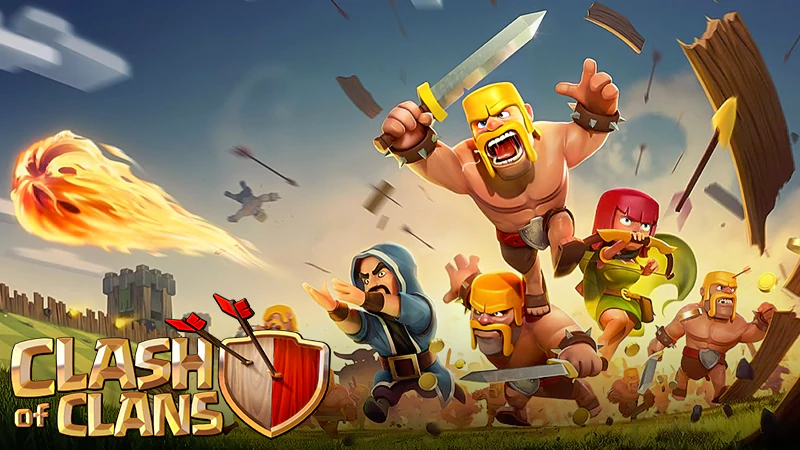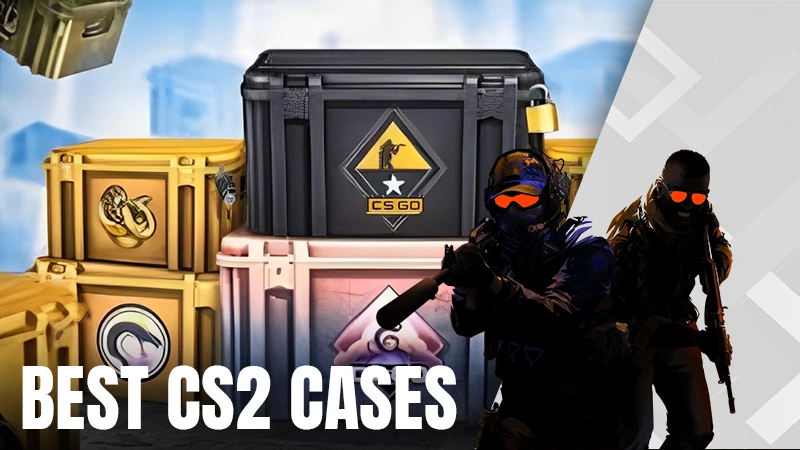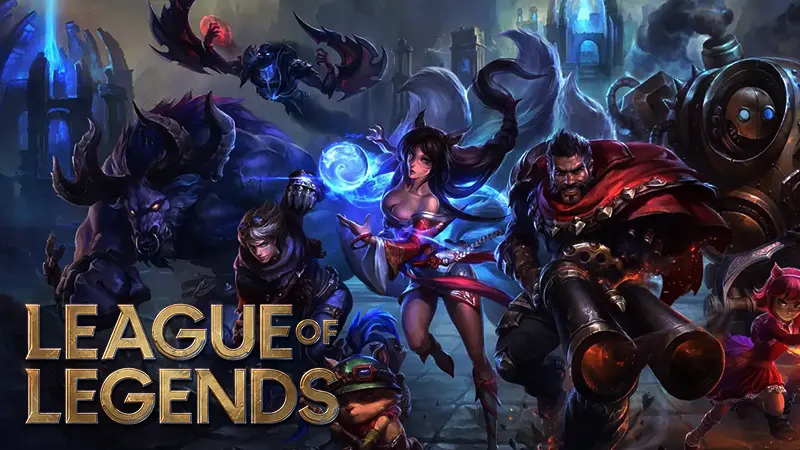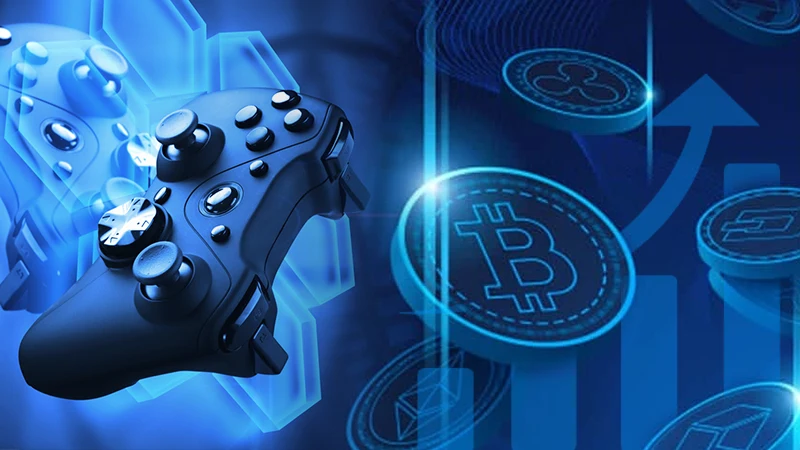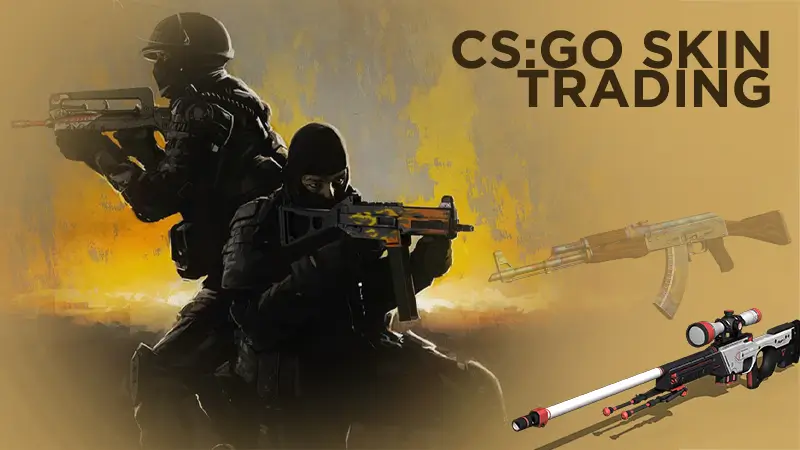The Emergence of Digital Assets in the Gaming Industry: A Primer for Virtual Items and In-Game Collectibles

In recent years, the gaming and cryptocurrency realms have converged efficiently, stimulating an exponential increase of digital assets in a vibrant market.
Manifesting as in-game items such as skins, they have bolstered a thriving market that has fundamentally transformed how we perceive and trade virtual possessions.
Among the platforms embracing this digital revolution is Hubnode, offering a diverse range of Counter-Strike skins and other virtual things.
This comprehensive article evaluates the world of digital assets within the gaming industry, exploring how particular platforms are leading the pack in this compelling landscape.
The Emergence of Digital Assets
Its concept in the gaming world is not recent; for years, gamers have been amassing and trading in-game stuff such as skins, weapons, and cosmetics.
Moreover, the market value and recognition of these resources have significantly changed; with the advent of blockchain technology and the expansion of cryptocurrencies, their worth has soared, effectively transforming virtual tools into tangible investments.
They typically include:
- In-game Currency: Virtual money used in games.
- Virtual Real Estate: Digital land and property in virtual worlds.
- Non-Fungible Tokens (NFTs): Unique digital collectibles.
- Skins and Cosmetics: Customisations for virtual characters and items.
- Digital Trading Cards: Collectible digital cards in games.
- Virtual Pets and Mounts: Digital companions and mounts.
- Digital Items and Equipment: Weapons, gear, and things in games.
- Virtual Vehicles: Cars, planes, or other online vehicles.
- Virtual Real-World Items: Digital stuff affecting real-world gameplay.
- Character Skins and Avatars: Customisations for characters.
- Virtual Artifacts and Collectibles: online creations and collectibles.
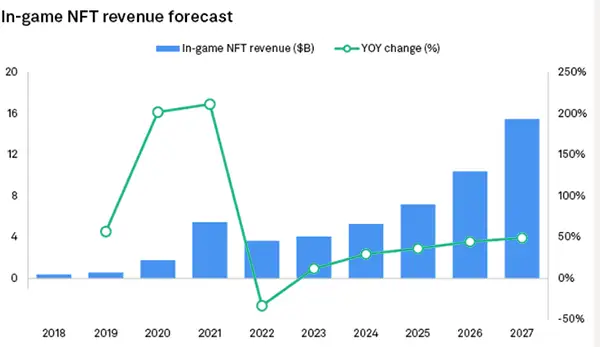
Counter-strike: Global Offensive (CS:GO) Skins
One game significantly contributing to the ascent of digital assets is Counter-Strike: Global Offensive (CS:GO). This popular first-person shooter has played a pivotal role in their rise, particularly CS: GO skins, which modify the appearance of in-game weapons.
These skins have evolved into highly sought-after collectibles, with some rare specimens fetching prices in the thousands of dollars.
Platforms like Hubnode.com have recognized the immense demand for CS:GO skins, positioning themselves as premium and offering extensive marketplaces for their purchase, sale, and trade.
Blockchain and Security
A cornerstone of the burgeoning digital assets phenomenon is the integration of blockchain technology, endowing the capital ownership process with transparency and security.
Each transaction involving them is meticulously recorded on a decentralized ledger, ensuring authenticity and guarding against fraud.
Websites such as Hubnode have leveraged blockchain technology to furnish users with secure and reliable platforms for transacting online rewards. The incorporation of blockchain enhances the integrity of marketplaces, instilling confidence in users and facilitating seamless trading experiences.
Do You Know?
In 2022, the global blockchain market in the gaming industry was worth 4.83 billion and is predicted to increase at a CAGR of 68.3% during the forecasted period between 2023 and 2030.
Diversification of Digital Assets
The appeal of platforms like Hubnode extends beyond CS:GO skins – they recognize the diverse interests of gamers and investors, offering an extensive selection of online capital encompassing more than just Counter-Strike.
Other renowned titles like Dota 2 and unique collectibles spanning multiple other games can be acquired at one-stop destinations.
This diversification empowers users to explore and invest in its broad spectrum, ultimately enhancing its appeal and utility.
Community and Collaboration
A pivotal factor contributing to the success of platforms like Hubnode.com is the vibrant communities flourishing around digital assets; global gamers, collectors, and enthusiasts connect to share their passion for in-game items and blockchain technology.
They actively foster this sense of community, providing dedicated spaces for users to connect, trade, and collaborate on various projects related to it.
The collaborative spirit within these communities fuels innovation and drives the evolution of the online capital landscape. One caveat – in the face of these emerging trends, participants must manage their gaming time effectively and responsibly.
Conclusion
The ascent of digital assets within the gaming industry reflects the ever-evolving nature of technology and entertainment; platforms including Hubnode have emerged as integral to this dynamic space, offering secure and user-friendly sites for their diverse trading.
As blockchain technology continues to mature and cryptocurrencies gain broader acceptance, further expansion of this market can be anticipated.
Frequently Asked Questions
Ans: Cryptocurrency has been increasingly used as a means of exchange in virtual games. It allows players to sell and purchase items in a safe and decentralized way.
Ans: Non-fungible tokens have significantly impacted this industry enabling players to create characters and buy or trade them within the game.
Ans: StatTrak Minimal Wear 661 AK-47 is considered to be the most expensive skin which was sold for $400,000.
Useful Tips for Beginners in Clash of Clans
The Best CS2 Cases to Open in 2023
Best Places to Play Spider Solitaire Online
How to Share Screen on Discord – A…
League of Legends_ Beyond the Game – The…
10 Best Ways to Invest in Crypto Gaming…
Understanding the Gaming Audience: Who Spends the Most…
Facts About Major League Baseball
Tips on How to Become a Gaming Streamer
How to Play Minecraft for Free
CS:Go Skin Trading – A Beginners Guide
The Ultimate Guide to Selling CSGO Skins for…

